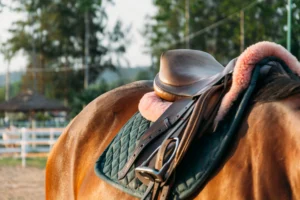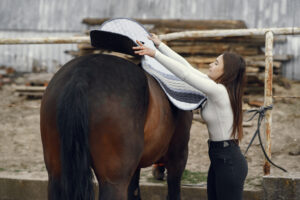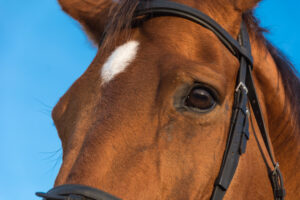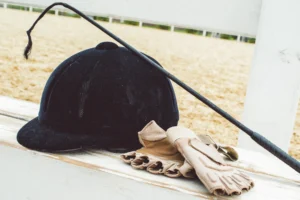As horse owners in the United States, we’ve all been there – investing in a fly sheet for our beloved equine companions, only to find our horses seemingly uncomfortable or downright resistant to wearing them. Fly sheets for horses are essential protective gear, but not all horses take to them easily. In this comprehensive guide, we’ll dive deep into why your horse might be rejecting its fly sheet and provide practical solutions to ensure both comfort and protection.
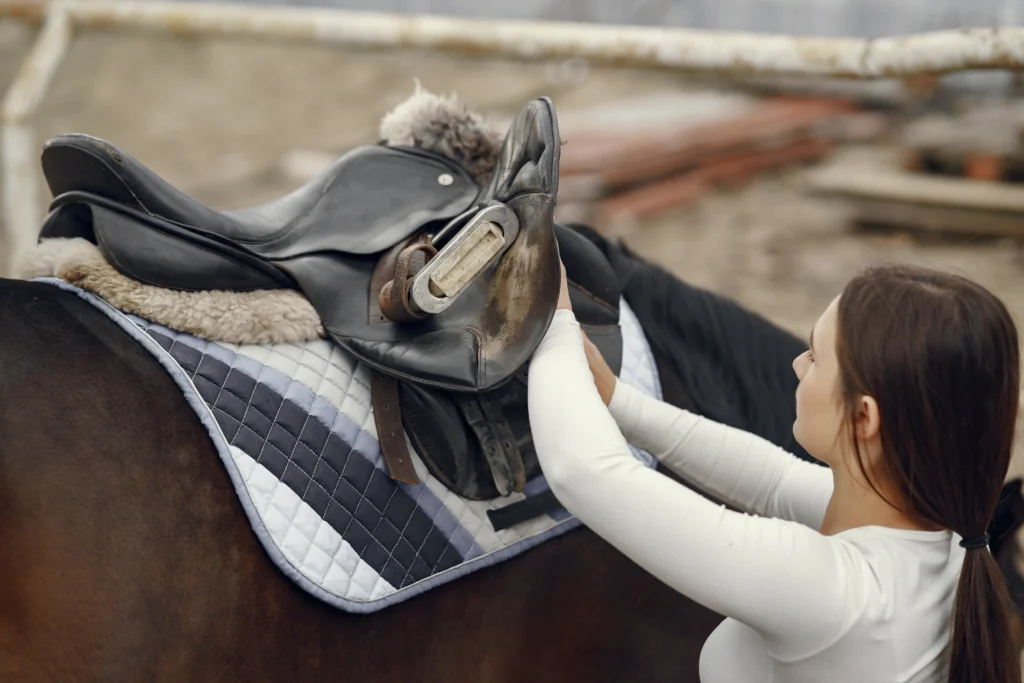
Why Fly Sheets Matter: Understanding the Basics
Before we explore the challenges, let’s understand why fly sheets for horses are crucial. These lightweight protective garments serve multiple purposes:
- Insect Protection: Shield your horse from annoying and potentially harmful flying insects
- UV Protection: Protect sensitive skin from harmful sun rays
- Temperature Regulation: Help manage horse’s body temperature in hot weather
- Skin Protection: Prevent irritation and allergic reactions from insect bites
Reason 1: Poor Fit – The Number One Culprit
Understanding Fit Issues
The most common reason horses hate their fly sheets is an improper fit. Ill-fitting fly sheets can cause:
- Chafing
- Restricted movement
- Constant irritation
How to Get the Perfect Fit
- Measure Correctly: Use a soft measuring tape to measure from the center of your horse’s chest to the base of the tail.
- Check Shoulder Room: Ensure the fly sheet allows free shoulder movement
- Assess Length: The sheet should cover from chest to tail without dragging
Pro Tip: When shopping for the best fly sheets for horses, look for:
- Adjustable chest straps
- Elastic leg straps
- Contoured design for natural horse movement
Reason 2: Material Discomfort
Fabric Matters
Not all fly sheets are created equal. Horses can be sensitive to:
- Rough materials
- Non-breathable fabrics
- Heavy or restrictive designs
Choosing the Right Material
Look for lightweight fly sheets for horses with:
- Breathable mesh construction
- Soft, flexible materials
- Moisture-wicking properties
Recommended Features:
- UV protection
- Mesh panels for enhanced ventilation
- Lightweight design for hot weather comfort
Reason 3: Improper Positioning and Staying in Place
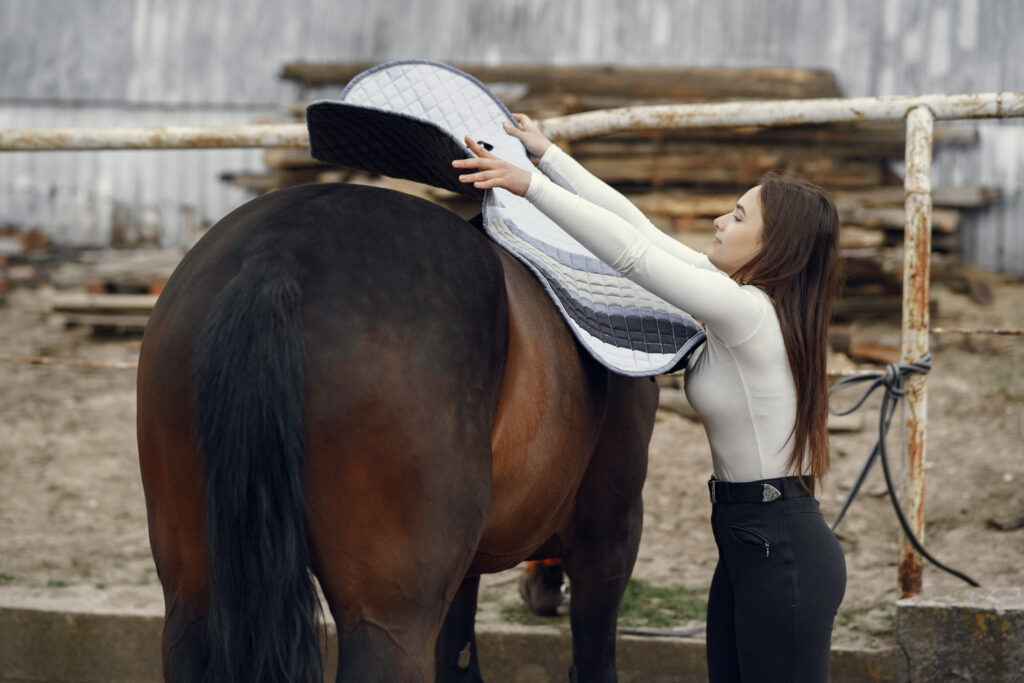
The Sliding Nightmare
Many horses dislike fly sheets that constantly shift or slide, causing:
- Discomfort
- Potential injury
- Frustration
Solutions for Staying in Place
- Choose Sheets with Secure Fastenings:
- Belly bands
- Multiple attachment points
- Elastic leg straps
- Proper Sizing: A well-fitted sheet is less likely to move
- Regular Adjustments: Check and readjust fastenings periodically
Reason 4: Sensitivity and Past Negative Experiences
Psychological Factors
Some horses develop a negative association with fly sheets due to:
- Previous uncomfortable experiences
- Sensory sensitivity
- Lack of gradual introduction
Gentle Introduction Techniques
- Positive Reinforcement: Treat and praise during sheet introduction
- Gradual Exposure: Start with short wearing periods
- Calm Environment: Introduce the sheet in a stress-free setting
Choosing the Best Fly Sheets for Horses: What to Look For
Key Considerations
When selecting fly-sheets, consider:
- Durability: Look for durable fly sheets for horses that withstand daily wear
- Protection Level: Assess your horse’s specific needs
- Climate Considerations: Choose sheets suitable for your local weather
Top Recommended Features
- Neck cover options
- Belly band protection
- Waterproof capabilities
- Easy-to-clean materials
Fly-Sheets vs. Fly Rugs: Understanding the Difference
While often used interchangeably, there are subtle differences:
- Fly Sheets: Typically lighter, more breathable
- Fly Rugs: Often provide more comprehensive coverage
Budget-Friendly Options
Affordable Fly-Sheets for Horses
You don’t need to break the bank. Look for:
- Sales and seasonal discounts
- Mid-range brands with good reviews
- Versatile designs that offer multiple protections
Maintenance and Care
Extending Your Fly-Sheet’s Life
- Regular Cleaning: Follow manufacturer’s washing instructions
- Inspect for Damage: Check for tears or weak spots
- Proper Storage: Hang to dry, store in cool, dry place
External Resources for Further Reading
- University of Kentucky Equine Science – Fly Control
- American Association of Equine Practitioners – Insect Control
Conclusion: Finding the Perfect Fly-Sheet Solution
Selecting the right fly-sheet for your horse is a journey of understanding, patience, and careful selection. By addressing fit, material, positioning, and your horse’s individual needs, you can find a fly sheet that both protects and pleases your equine companion.
Internal Resources
Check out more horse care tips on Pets Pump
Disclaimer: Always consult with your veterinarian or equine specialist for personalized advice tailored to your horse’s specific needs.
Final Thoughts on Fly Protection for Horses
Fly-sheets are more than just a accessory – they’re a crucial tool in maintaining your horse’s comfort and health. With the right approach, you can transform fly-sheet time from a struggle to a smooth, beneficial routine.
About the Author: A passionate horse lover and equine care enthusiast dedicated to providing practical, actionable advice for horse owners across the United States.



